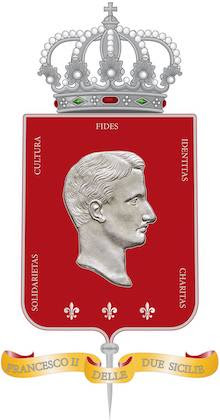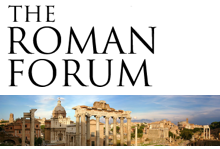Bourbon and anti-Spanish?
Returning to Neapolitan and Bourbon writers such as Giacomo Marulli, one may ask: is it possible to stand against the Risorgimento (as nostalgic for bygone times) while at the same time accepting one of the main cultural weapons (not to say falsehoods) of that very Risorgimento? How was it possible not to recognize in anti-Spanish sentiment a tool used to cement the rather fragile hypothesis of an “Italian nation” that was to be unified from the Alps to Sicily in the name of the struggle against the foreigner? How could one be pro-Bourbon and anti-Spanish—especially when, at the time Marulli was composing his historical tales, the Bourbons, though no longer the Habsburgs of the Siglo de Oro and “imperial Naples,” sat upon the throne of Spain?
Certainly, some authors would justify the apparent paradox by considering the Bourbons to be more French than Spanish. Among them, as already mentioned, was above all Francisco Elías de Tejada, who even maintained that it was in fact a Spaniard—the Duke of Rivas—who helped to spread the “black legend” of Masaniello’s revolt as an anti-Spanish uprising.
This claim may seem surprising at first, but not overly so, if we consider that it is perfectly logical for a liberal to regard a traditionalist as his natural and principal enemy—even if of the same “nation.” Thus, despite sharing the same homeland, the liberal Spaniard views every traditionalist, monarchist, and Catholic Spaniard as an adversary (one need only think of the brutal violence of the Popular Front during the Second Republic). We know, after all, that the creation of an enemy “other than oneself” has always been—and always will be—a fundamental means of uniting one’s forces under a single banner and avoiding internal fragmentation.
It is therefore no surprise that, for the anti-religious progressives (as most Italian risorgimentali were), the traditionalist Spaniard became the perfect example of an external enemy—one to be blamed for every real or imagined backwardness of the Italian Peninsula, and against whom to unite the hatred of all, even of those who should have appreciated the religious values inherent in Spanishness—such as the Catholic, yet liberal, Manzoni.
The imperial Spains of the Siglo de Oro, by contrast, are Catholic (but intransigent), monarchic, and traditional—all traits that make them abhorrent to the liberal-progressive world.
Moreover, the exaltation of Charles of Bourbon as the one who had managed to revive the Kingdom from a supposed “ill-regarded government” marks the starting point for the spread of anti-Spanish propaganda (which was, in truth, as already said, anti-traditional and anti-Catholic) promoted by liberal culture from the Risorgimento onward. To attack the Church head-on could often prove, if not dangerous, counterproductive; to attack the “viceroyalty,” on the other hand, carried no such risks.
The outcome—still advancing—is the current historiography, especially popular but not exclusively so, which prefers to recycle the errors (or falsehoods) of past historiography rather than undertake deeper studies.
Perhaps the highest point—the culmination, given its source—of the propagation of the anti-Spanish narrative can be seen in the Proclamation of Francis II of the Two Sicilies upon leaving the capital. In it, the monarch (even if he did not write but merely signed the text) could find nothing better than to present himself as “a descendant of a dynasty which for 126 years reigned in these continental lands, after having saved them from the horrors of a long viceroyal government.”
This statement is a sign, probably less of historical ignorance than of outright subservience—whether through habituation or deliberate expedience—to the anti-traditional propaganda of which, paradoxically, Francis II himself was at that very moment the most illustrious victim.
Bourbon and anti-Spanish, then? No—worse: Bourbon and anti-Spanish.
* Translated from “Borbonico e antispagnolo?” in Carlismo per Napolitani, Gianandrea de Antonellis (Chieti: Solfanelli, 2022), pp. 82-85










